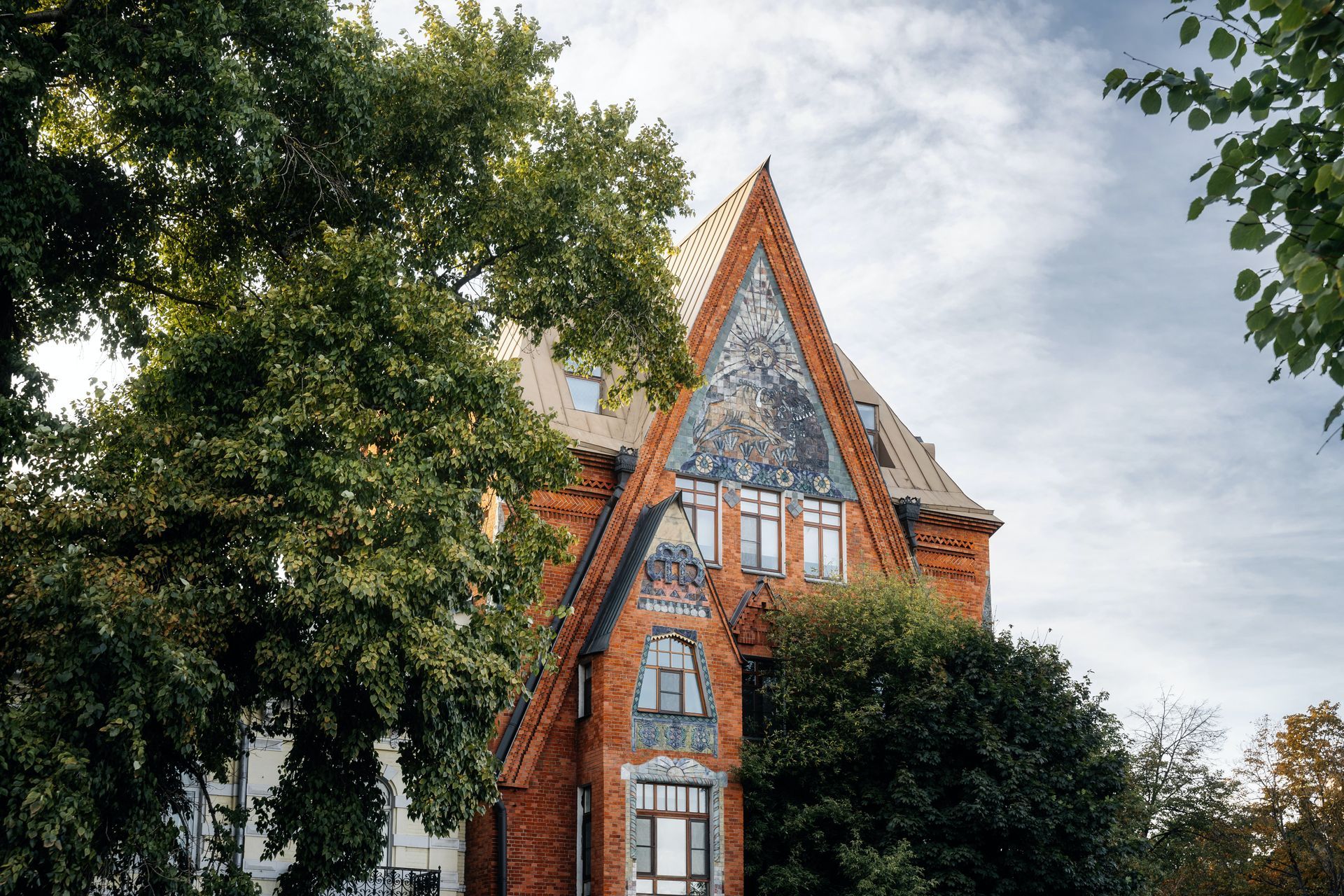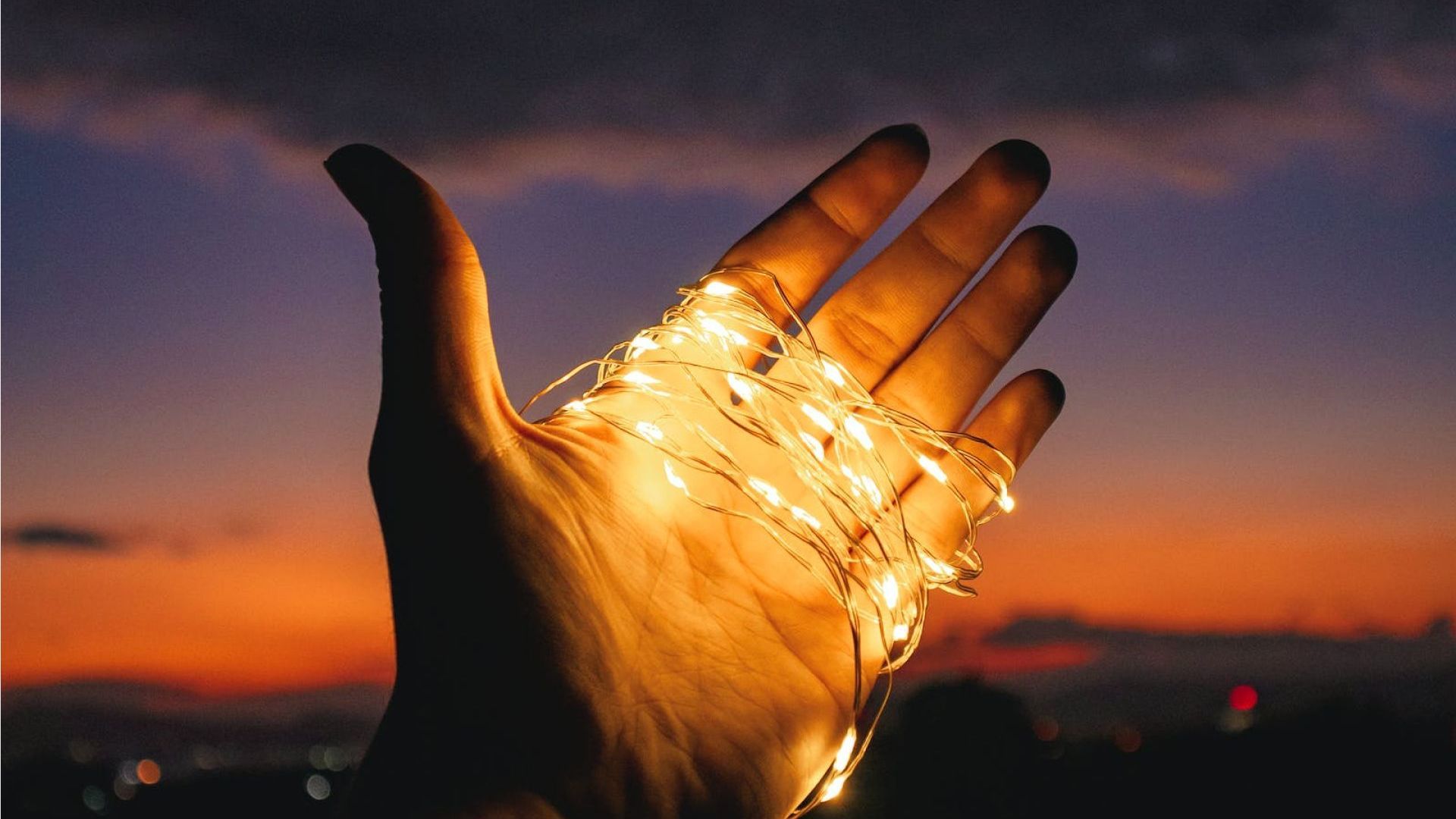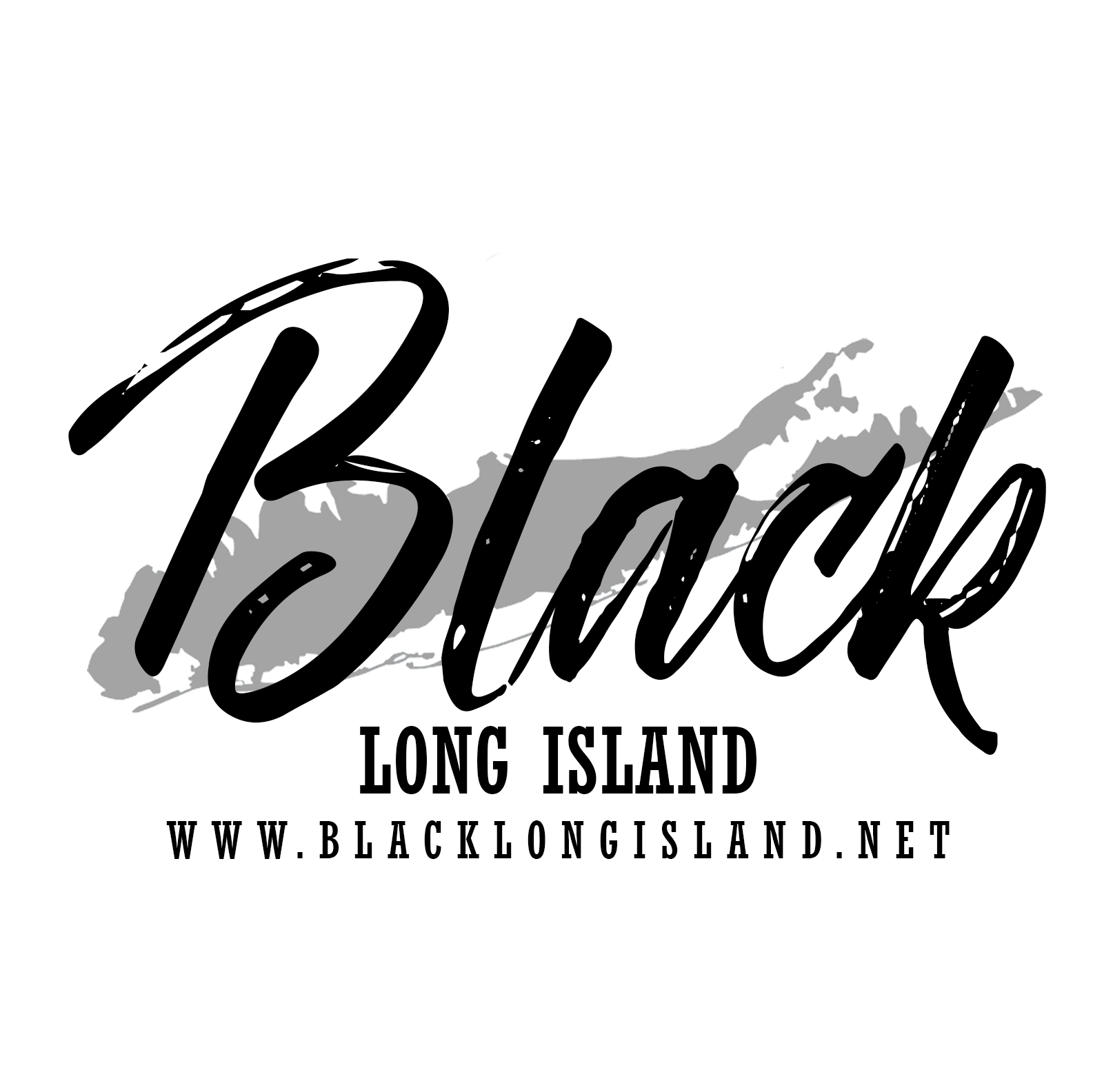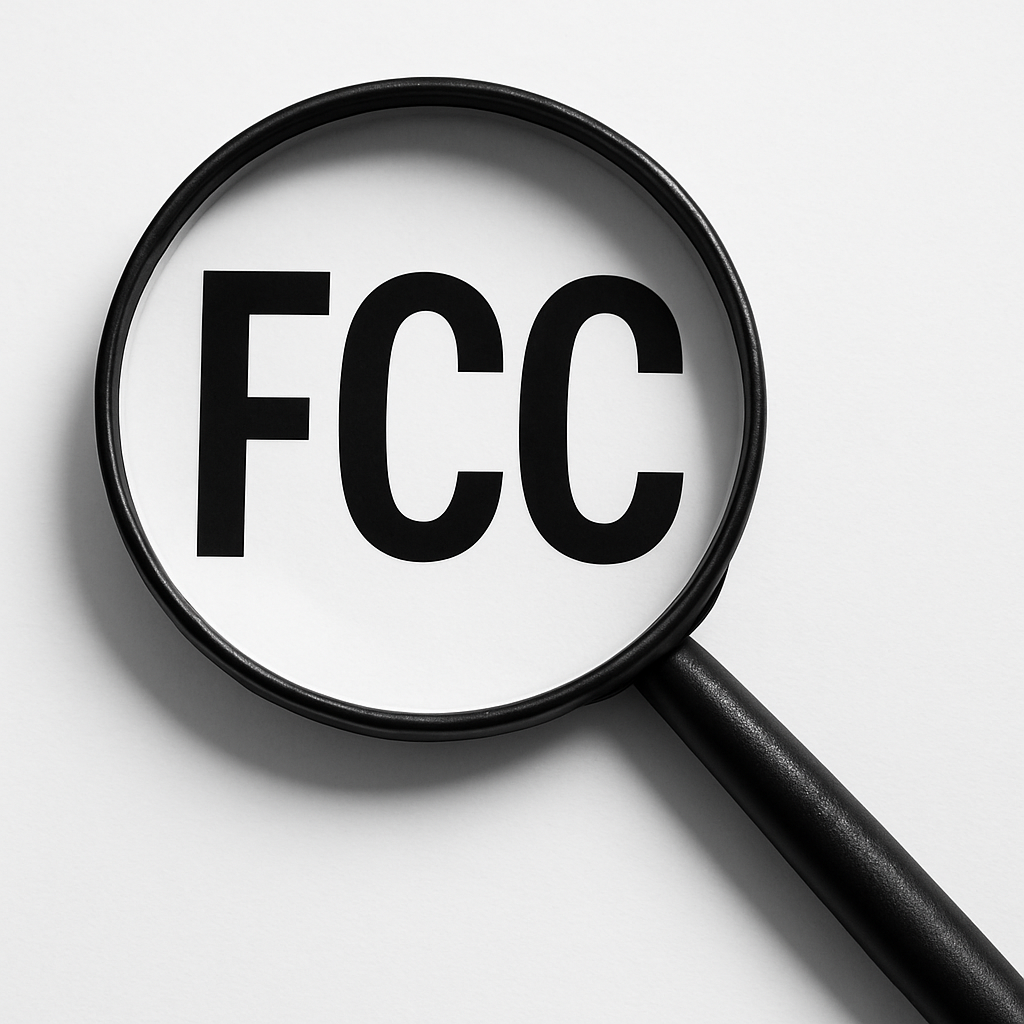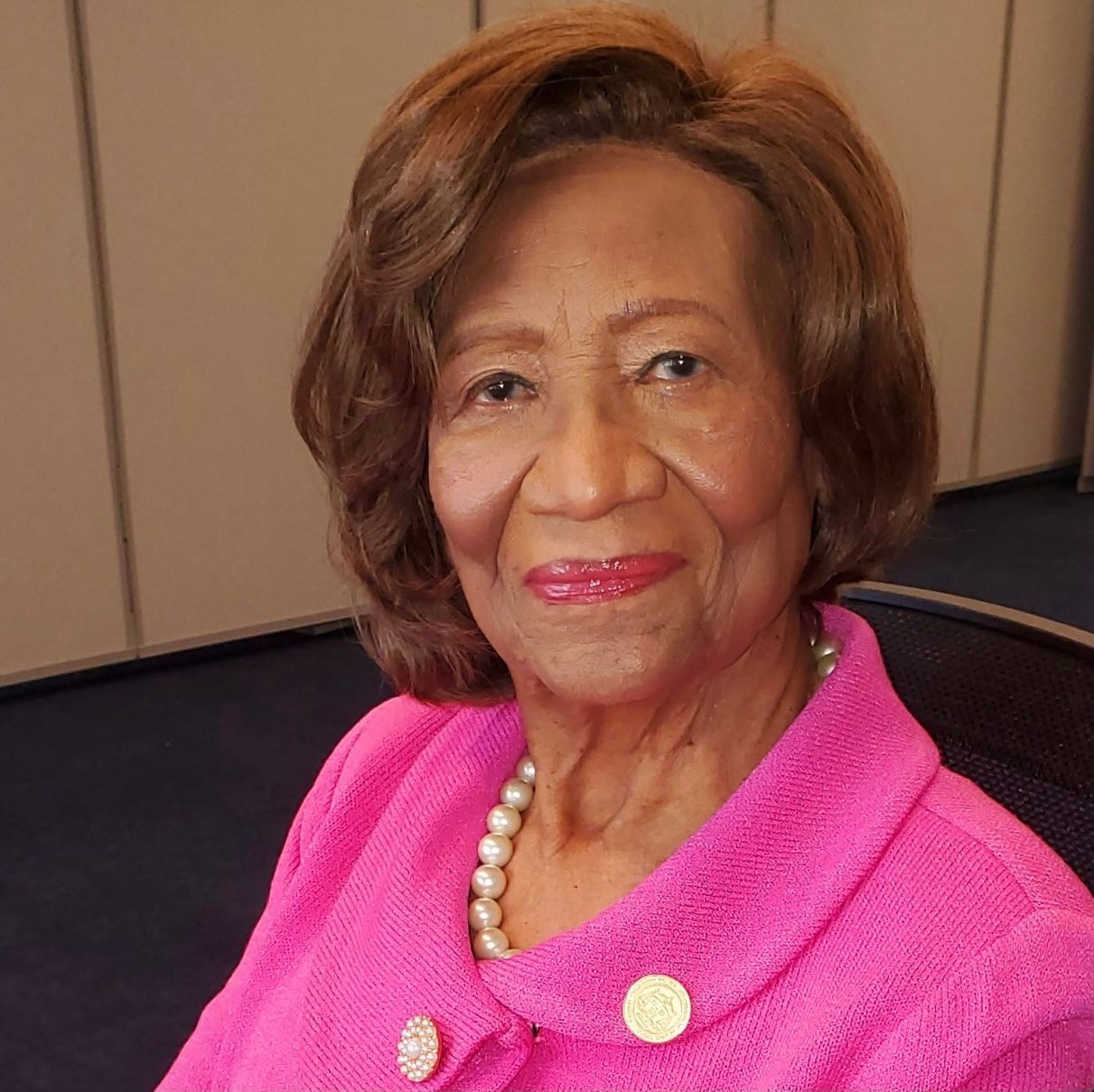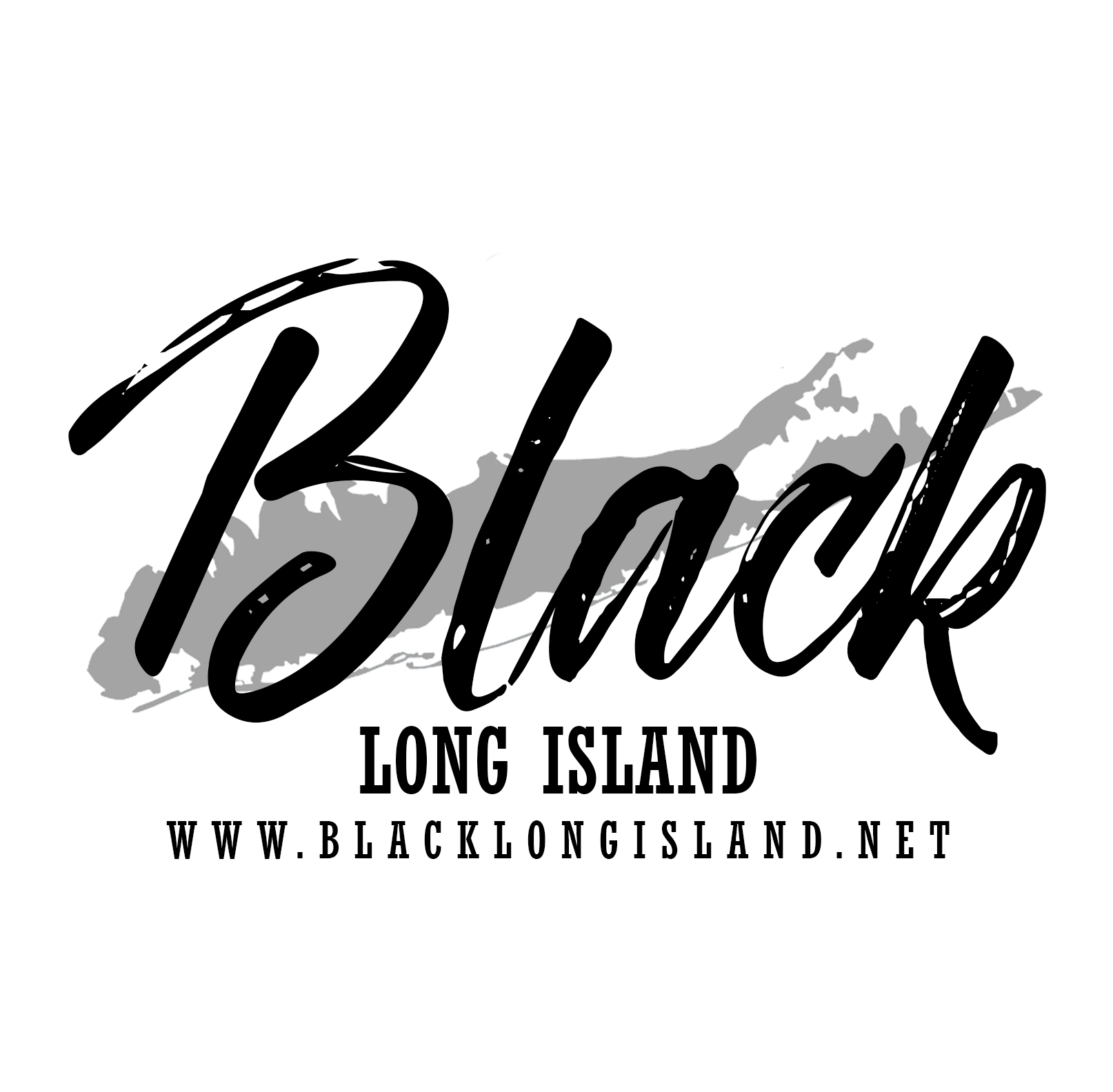Article
Why Long Beach M.L.K. Center Legacy is Important
May 21, 2020
The MLK Community Center of Long Beach. Credit: Ian J. Stark
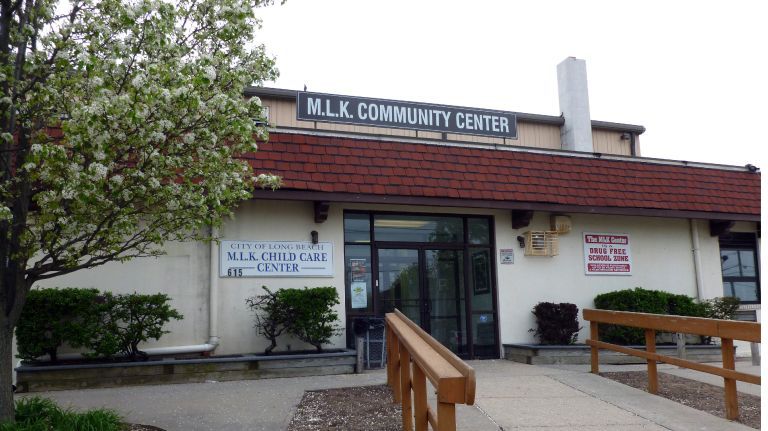
The Martin Luther King Center (Center) of Long Beach, New York, is more than an organization or building standing within the North Park area of the city. The Center is a symbol of African-American history, development, and pride for residents often left out of the prosperity of “The City by the Sea.” It also serves as an example of Long Beach’s public and private collaborations and interracial victories despite Nassau County’s ambivalent racial history. As the COVID-19 pandemic inequitably impacts black bodies and communities, African Americans need and deserve symbols of hope and resilience like the Center. Just as important, black people need input and ownership of the Center and their community.
The Center’s history began as a concept in the fall of 1967 at a meeting facilitated by the local chapter of the National Association for the Advancement of Colored People with the Central District Civic Association, CAN-DO Center, City of Long Beach, and the community at large. These agencies developed the Long Beach Youth Council. Like other African American communities during this period, activists wanted to move beyond token representation in majority institutions and create organizations that represented their interests and combated white paternalism. Interestingly, all of the black leadership were southerners who arrived in the New York area as participants in the Great Migration from the South. Their experiences guided a new movement for equity and equality in Long Beach.
Many of Long Beach’s first-generation migrants from the South witnessed the struggles for civil rights in the 1940s, 50s, and 60s. The black community recognized the inequities of the North as similar to their southern experiences. African American residents in Long Beach also experienced a black awakening during the 60s and a desire for more community-owned and controlled institutions. A combination of these experiences and awakening drove the conceptualization and creation of the Center. As the late Alonzo Merkerson Sr., one of Long Beach’s first African American police officers and advocate for the Center, stated, “We wanted a real institution for the community…a real community center run by a community board.” It would take eight years from 1967 to establish a board and official Center led by black residents.
The path to establishing a community board for the Center was filled with impediments of racial division and paternalism. Before the establishment of a community board, the City of Long Beach operated the Center with some funding from the Nassau County Youth Board (NCYB). City officials were not eager to relinquish authority over the Center to any community board even amid accusations of mismanagement. In January of 1974, the NCYB also threatened to withdraw funding from the City of Long Beach for the Center. However, neither the City of Long Beach or NCYB moved quickly enough toward black independence.
African Americans viewed the lack of movement toward community control as a sign of the paternalism they knew all too well. The debates came to a head in July of 1975. The Long Island Press reported that “a predominantly white group” supports the City of Long Beach, and a “predominantly black group” supports the establishment of a community board. The late Ann Irvin and former Executive Director of the NCYB remembered, “rocks being thrown off of roofs” at her and NCYB staff as they showed up to meetings in Long Beach. She characterized the City of Long Beach and NCYB’s ignorance of the black community’s experiences and desire for independence as a “mistake.” After eight years of struggle, a predominantly black community elected a board to run the Center on October 27, 1975. The election is the realization of black dreams from the South and a new institution in the North.
Today, the M.L.K. Center building at the corner of Riverside Boulevard and Pine Street is a symbol of black community pride, interracial partnerships, and hope for a neighborhood often excluded from social and economic mobility. The power of such symbols is often embraced by those with an investment in its historical and cultural memory. As the COVID-19 pandemic inequitably impacts black lives. The need for African American symbols of empowerment is more important than ever. Perhaps an early warrior for the Center’s existence, John Simpkins, put it best, “The M.L.K. Center came out of a struggle spearheaded by black folks who were trying to have a place of their own,” he said. “If I were really to describe the impact of the Center, I would have to say ‘community.’” No matter who leads or owns the Center, it should include a group of competent African Americans with an appreciation for its legacy for all to embrace.
About the Author
Patrick C. Graham, Ph.D., is a public and social leader with over 20-years of executive-level experience. He currently serves as a Senior Policy Advisor with the City of Richmond, Virginia, and a professor of contemporary history at Strayer University. Dr. Graham is the former executive director of the Long Beach M.L.K., Inc. His upcoming book, At the Banks of the Jordan: How Southern Migrants Changed a Long Island City, chronicles the early development of Long Beach’s African American community and its institutions. Dr. Graham was born and raised in Long Beach.
share this
Related Articles
Related Articles
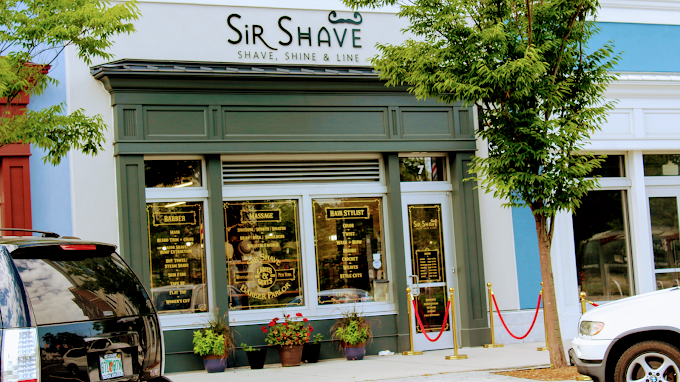
Keith L Banks Owner of Sir Shave Barber Parlor and the entire staff at Sir Shave open their doors to support the “Men’s Talk “ Conference platform.. The event was filled with great conversation and accountability towards one common goal.. That goal is to be present in our youths lives for the long haul Panelists included Assemblyman Kwani B. O'Pharrow District 11 of the New York State Assembly , Robbie Johnson Community Advocate, Daniel Marcano President of The Wyandanch Teachers Association, Godson Michel Founder of Blue Surge Marketing, Cashus Brooks , William Certain Co-Founder of Spin The Yard, Raumert C. Hurbert President of the NAAIA - Tri State Chapter, Raz Master Barber and Community Liaison for Sir Shave Barber Parlor and Moderator Heath A. Broughton Founder of Man in The Mirror. Thanks to Gerren Nixon Founder of G.P. Management for all the hard work and putting together such an amazing event.
STAY UP TO DATE
GET PATH'S LATEST
Receive bi-weekly updates from the church, and get a heads up on upcoming events.
Contact Us




